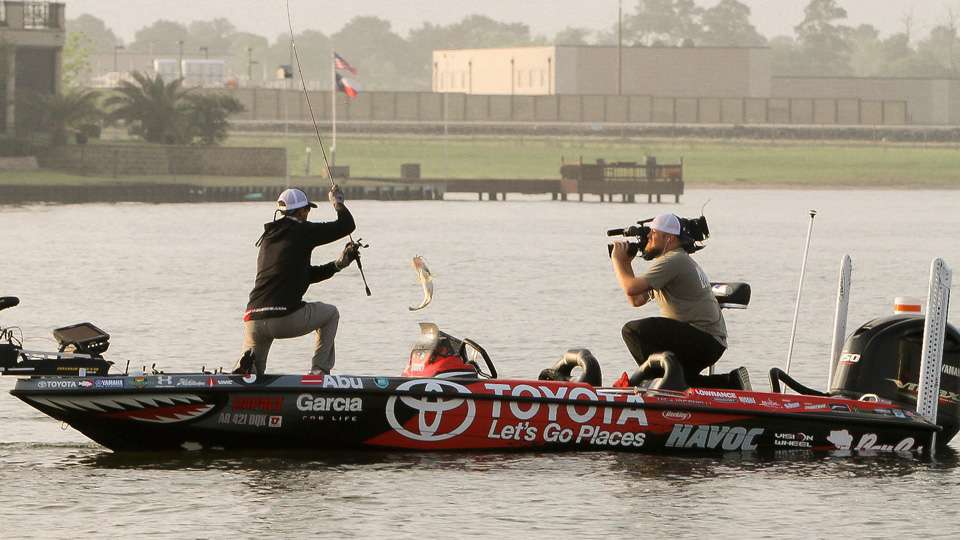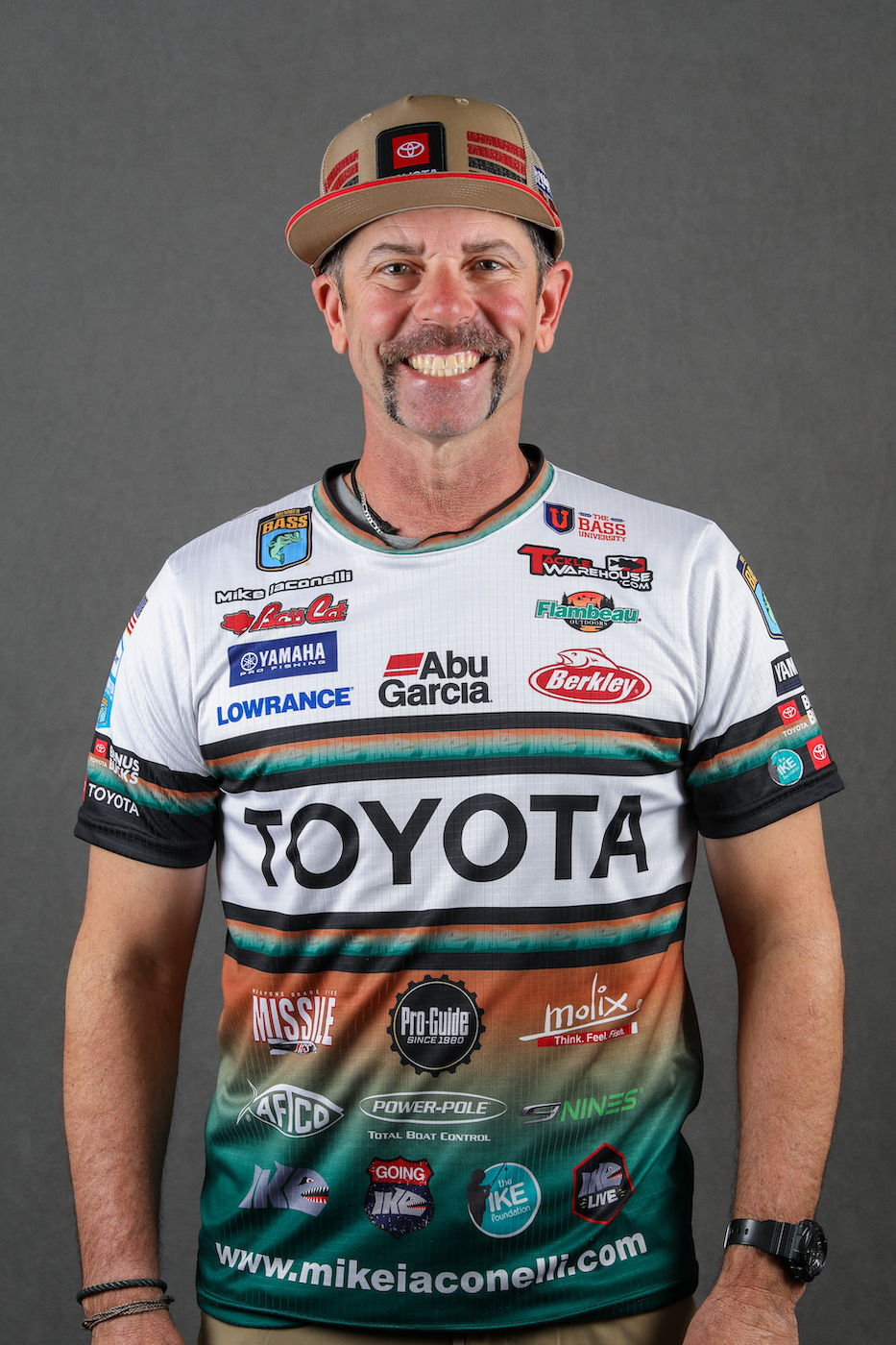
Transition bass can be hard to find no matter if they’re moving to the beds or from the beds. We all deal with the issue. But, there’s a way to make it simpler. All you have to do is find the secondary points that are between the spawning areas and the wintering areas.
Here’s how I do it:
I start at home, right at the desk in my office with a paper map. I’m looking for contour lines that are along the paths I just described. Once I have them located and marked I look for breaks in those lines. That’s what I call a secondary point.
When most anglers think about secondary points they have dirt or rock points in their mind. They imagine something physical, something out of the water they can see with their eyes. They’re not wrong. Dirt and rock protruding out into the water is a point and if it’s the second point back into a bay, cut or hollow it’s secondary.
But my definition is much broader. Anything that breaks a contour line is a point and if it’s second in line it’s a secondary point.
In some cases my secondary points will be something that runs off a channel or ditch of some sort. You can easily find those places before you go fishing. You don’t have to waste valuable fishing time, although I will say they’re easy to spot with your electronics if you want to take the time to look for them.
In other cases secondary points aren’t so obvious and they aren’t necessarily intuitive unless you’re thinking the way I am. Anything will make them. Frequently they’ll be underwater formations of dirt and rock that you can’t see from on top. But, even though you can’t see them they will usually show on a good map and they’ll certainly show on your electronics.
Physical objects can also make a secondary point. When you enter or leave a spawning bay you’ll see boat docks, laydowns and any number other things. If those items or structures break the contour line going in or out, they qualify.
Once you find an alternative secondary point it’s time to start fishing. This is where it gets tough. You have to find the sweet spot on the point. It might be a rock, a small patch of grass or a discarded appliance. I found one at Lake Conroe that was a patch of grass no bigger than my kitchen table. Every fish I caught on that point came from that small patch of grass, and the point was close to an acre in size.
I have three basic lures that I use on these secondary points. The first is a Rapala DT crankbait. Which one will depend on the water depth. At times I’ll also throw a Missile jig. The size and weight will depend upon the size of the fish I expect to catch and the water depth. And, depending upon the mood of the fish, I’ll sometimes go with a Carolina rig — a Berkley lizard with a VMC sinker and hook.
As you look for transitioning bass this spring don’t limit your search to things that are obvious and that you can see. Think like you’re a bass.
Mike Iaconelli’s column appears weekly on Bassmaster.com. You can also find him on Facebook and Twitter or visit his website, mikeiaconelli.com.





